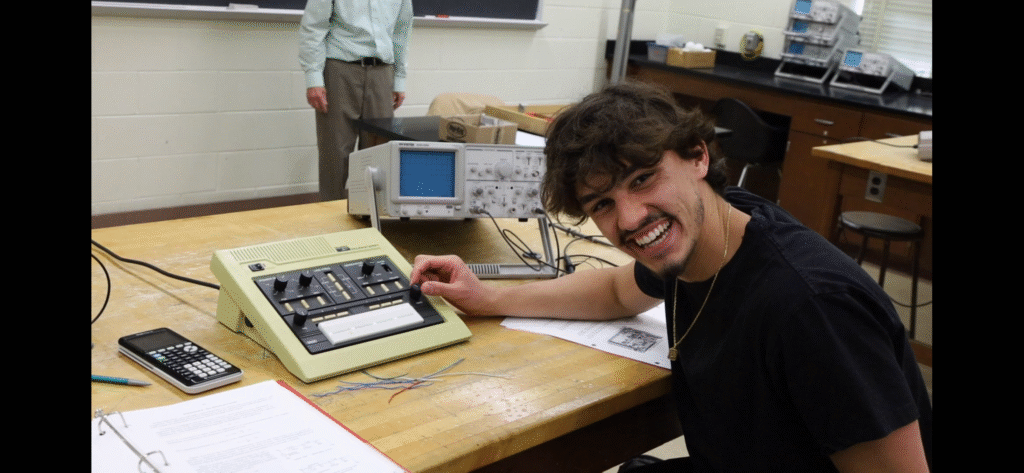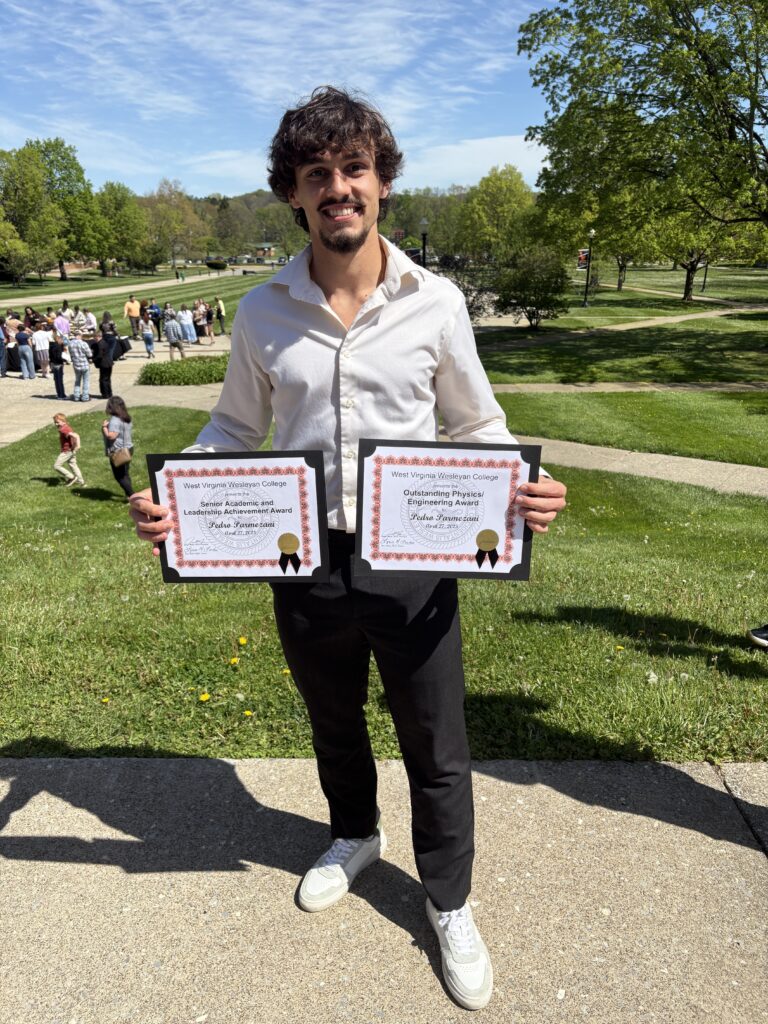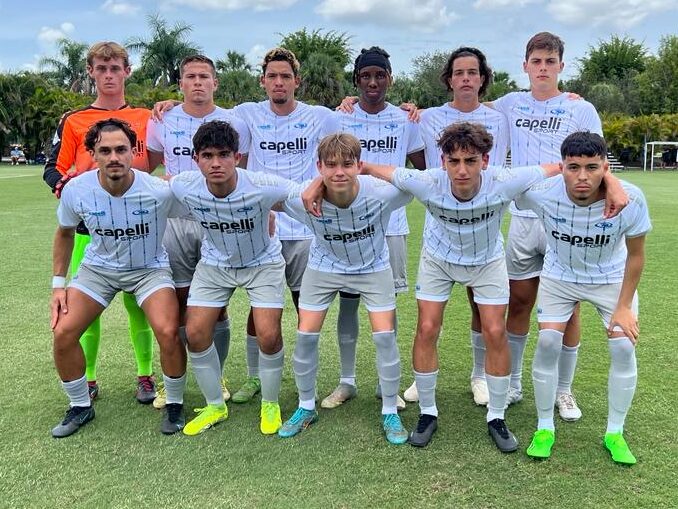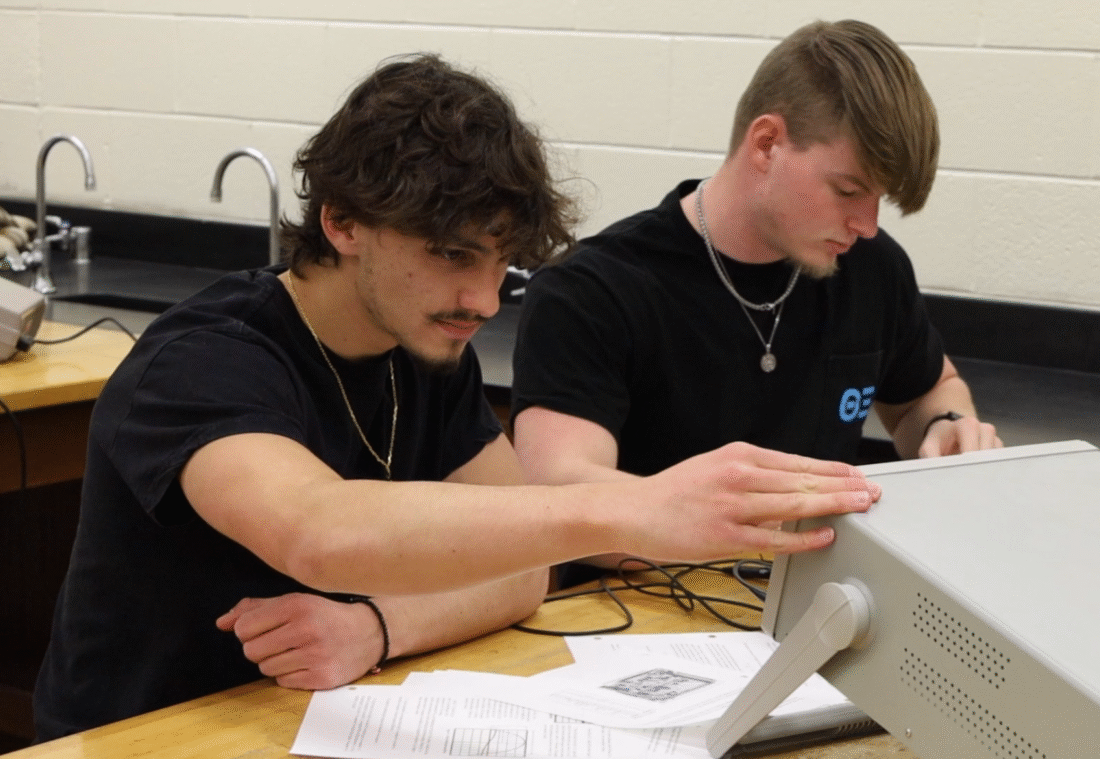From the soccer fields of West Virginia to the labs shaping radiation technology, the 21-year-old Brazilian researcher is redefining what it means to lead in science.
In a time when the United States continues to lead global innovation in science and engineering, international students are playing a pivotal role in shaping its future. One standout example is Pedro Henrique da Silva Parmezani, a 21-year-old Brazilian-born researcher whose academic and scientific accomplishments are already attracting attention in elite circles across the country.
Pedro’s journey started with an extraordinary leap: moving alone to the United States at the age of 15 to pursue education and athletic opportunity. Today, he’s being recognized as a rising figure in applied physics and systems engineering, two disciplines that are fueling advancements from aerospace to sustainable logistics.


“Adapting to a new country at such a young age taught me resilience,” says Pedro. “It forced me to lead myself first. That discipline became the foundation of my academic and personal path.”
Pedro graduated Magna Cum Laude in Applied Physics with a minor in Mathematics at West Virginia Wesleyan College, earning a 3.84 GPA. He was honored with the Outstanding Physics/Engineering Award, the Senior Academic and Leadership Achievement Award, and membership in the All‑Mountain East Conference Academic Team, a rare combination of academic and athletic excellence.
His research focus? Radiation shielding, an area with growing applications in aerospace, healthcare, and nuclear safety, and particularly relevant to Los Angeles’ booming tech, defense, and space industries.
A Science Career Rooted in Purpose
Through the SURE (Summer Undergraduate Research Experience) grant, Pedro investigated how different materials, from traditional metals to advanced polymers, could serve as effective barriers against gamma radiation. The project, titled “Gamma Rays in Nuclear Physics: Research and Applications”, produced promising insights, particularly regarding the performance of lightweight materials.

“In space travel, where every ounce counts, finding shielding materials that are both effective and lightweight is critical,” explains Pedro. “Our findings could improve not only astronaut safety but also portable radiation protection in medical environments.”
His lab work included simulations, isotope calibration, and data modeling using MATLAB, resulting in a comprehensive 25-page report now referenced in academic circles for its methodology and relevance.
Los Angeles, home to institutions like Caltech, UCLA, and USC, along with private space firms like SpaceX and Aerojet Rocketdyne, is a nexus for emerging research in applied physics and systems engineering. Pedro’s interest in optimizing complex engineering systems using AI and data-driven models aligns perfectly with the region’s innovation pipeline.
“My dream is to apply systems thinking at scale, to improve how we produce, move, and protect,” he says. “California is leading in that vision, and I hope to contribute to it.”
Now pursuing graduate studies in Systems Engineering, Pedro’s focus spans logistics, supply chain optimization, aerospace systems, and sustainable industrial design. These priorities match Southern California’s growing investments in automation, sustainable infrastructure, and smart manufacturing.
Beyond the Lab
Pedro’s leadership goes far beyond scientific research. A four-year captain of his college’s NCAA Division II soccer team, he balanced intense training schedules with a rigorous STEM course load. He also served as a Resident Assistant, Vice President of the International Student Organization, and a leader in Christian fellowship initiatives on campus.
He is trilingual (Portuguese, English, Spanish), an advocate for intercultural leadership, and a mentor to younger international students entering the U.S. academic system.
“Engineering is not just about numbers; it’s about people,” Pedro reflects. “If our solutions don’t consider who they serve, we’re missing the point.”


Los Angeles is home to over 1 million immigrants and attracts tens of thousands of international students annually. According to the Institute of International Education, California hosted more than 130,000 international students in 2023, the highest number in the country. These students contributed over $5 billion to the state economy, and increasingly fill key roles in the state’s high-tech workforce.
“Young scientists like Pedro Parmezani are precisely the kind of talent we need more of in California,” said a representative from a local research incubator. “They bring global perspective, technical rigor, and the drive to innovate across disciplines.”
Pedro’s immediate goal is to complete his Master’s in Systems Engineering and begin contributing to multidisciplinary projects that merge science, design, and strategic thinking. Whether through academia, research labs, or private-sector innovation hubs, he is determined to make a measurable impact.
“I want to be part of the teams shaping smarter, more inclusive systems, especially those that protect lives and improve everyday realities,” he concludes.
For Los Angeles, a city at the forefront of aerospace, technology, and green manufacturing, Pedro’s story is a reflection of the global minds building tomorrow’s solutions today.

